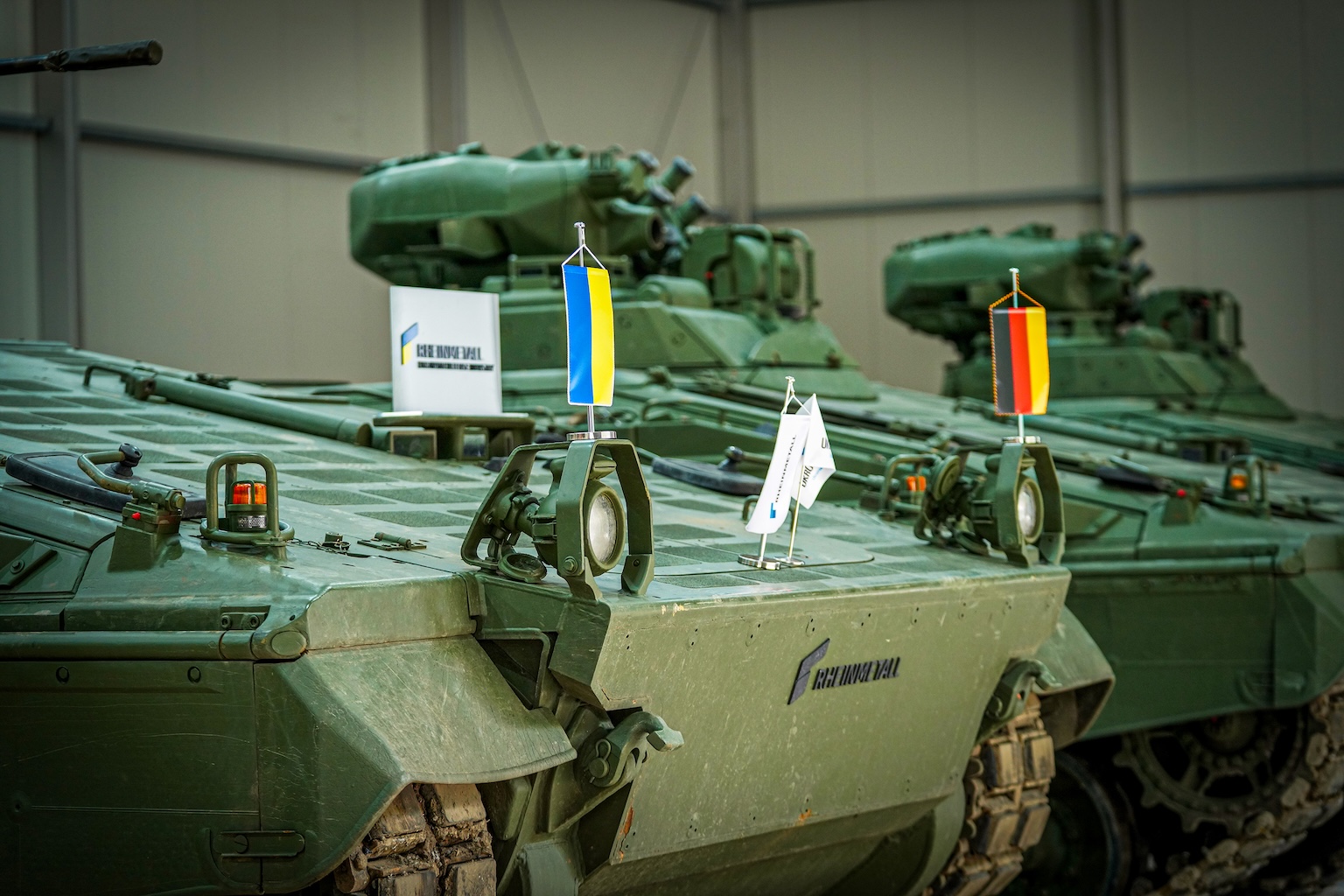In the evolving landscape of international support for Ukraine, Germany has cemented its role as a pivotal partner, moving beyond equipment provision to the deep integration of its defence industry with Ukraine's. This strategic shift, backed by over €10 billion in committed military aid and a total support package of €28 billion, marks a new phase of cooperation aimed at building long-term, sustainable defence capabilities on Ukrainian soil. The establishment of in-country Maintenance, Repair, and Overhaul (MRO) facilities and ambitious plans for co-production are the cornerstones of this partnership, signaling a profound investment in Ukraine's future as a secure and technologically sovereign nation.
This analysis examines the structure, strategic rationale, and multifaceted implications of this burgeoning German-Ukrainian defence cooperation, a partnership that is setting a precedent for the future of international support for Ukraine.
A Phased Approach to Industrial Integration
The core of the German-Ukrainian industrial partnership is a phased, pragmatic approach focused on building capabilities incrementally.
Phase 1: Establishing Forward MRO Hubs The immediate and most critical phase has been the creation of in-country MRO facilities to service the significant arsenal of German-made equipment. This includes dozens of Leopard 1 and Leopard 2 tanks, over 90 Marder infantry fighting vehicles, more than 50 Gepard anti-aircraft guns, and numerous Panzerhaubitze 2000 self-propelled howitzers.
German industrial giant Rheinmetall has spearheaded this effort, registering its joint venture with Ukrainian Defense Industry (UDI) in October 2023. This entity’s first operational task is the maintenance of this armored fleet, drastically reducing the weeks-long downtimes previously required for repairs in other countries. Similarly, Flensburger Fahrzeugbau Gesellschaft (FFG) is establishing a repair center in Ukraine, primarily for its armored vehicles and the Leopard 1 tank, further decentralizing and strengthening Ukraine's MRO capacity.
Phase 2 & 3: Localization and Co-Production The long-term vision extends far beyond repair. Rheinmetall plans to build at least four production plants in Ukraine focusing on vehicles, ammunition, air defence, and explosives. The joint venture’s goals include the eventual production of "hundreds of thousands" of rounds of ammunition annually, including critically needed 155mm artillery shells.
More ambitiously, there are concrete plans to move towards full-scale vehicle manufacturing. This includes the co-production of Fuchs armored personnel carriers and eventually the advanced Lynx infantry fighting vehicle, with a long-term goal of producing up to 400 main battle tanks per year. This phased approach, starting with assembly and gradually localizing component manufacturing, is designed to systematically transfer technology and build a resilient industrial base from the ground up.
The Strategic Logic – a Partnership of Mutual Security
This deep industrial cooperation is driven by a powerful confluence of strategic interests.
For Ukraine, the imperatives are existential:
- Military Sustainment: Domestic MRO and production ensure the operational availability of its forces, creating a resilient military machine less vulnerable to external logistical disruptions.
- Economic Revitalization: These ventures create high-skilled jobs and infuse capital and modern industrial practices into Ukraine's economy, transforming the defence sector into a driver of national recovery.
- Technological Sovereignty & Interoperability: Co-producing advanced systems accelerates the modernization of Ukraine's own defence industry and aligns its equipment and standards directly with NATO, paving a practical path toward full interoperability.
For Germany, the rationale is a core tenet of its new security policy:
- European Security & Stability: Germany has recognized that a strong, self-sufficient Ukraine is the most effective bulwark against further aggression on Europe's eastern flank. The €7.1 billion allocated for Ukrainian military support in Germany's 2024 budget is a clear financial commitment to this principle.
- Industrial & Economic Benefits: The partnership secures a long-term market for the German defence industry and provides invaluable data on equipment performance under intense combat conditions, creating a feedback loop for future technological improvements.
- Geopolitical Leadership: By taking a leading industrial role, Germany solidifies its position as a key security provider within Europe, giving tangible weight to the political commitments of its "Zeitenwende" policy.
Challenges
Implementing this strategy is not without significant challenges. The primary risk is the physical security of industrial sites from Russian missile and drone attacks, which necessitates robust, multi-layered air defence. Rheinmetall has confirmed it will use its own air defence systems to help protect its Ukrainian facilities. Beyond kinetic threats, establishing secure supply chains for thousands of certified parts and navigating complex legal frameworks for intellectual property rights and technology transfer require constant high-level coordination.
A Model for Euro-Atlantic Integration
The German-Ukrainian defence industrial partnership is a template for the future. It marks a decisive shift from a short-term aid model to a long-term strategy of building shared industrial capacity and mutual security. The success of these initial MRO and future production ventures will likely encourage other international partners to pursue similar models of deep industrial integration. For Ukraine, this path leads to a modern, NATO-interoperable defence industry and a stronger, more self-reliant security posture. For Germany and Europe, it fosters a stable and capable partner on the continent, creating a shared industrial ecosystem that strengthens mutual security for decades to come.

.svg)


